How long should you bake your Thanksgiving turkey? It’s the age-old question that stumps even seasoned home chefs. Whether you’re preparing a 15-pound turkey or tackling the challenge of cooking an 18-pound bird, getting the timing right is crucial for a perfectly juicy and flavorful centerpiece.
Thanksgiving isn’t just about the food—it’s about creating memories around the dinner table. But with the pressure of getting the turkey just right, the holiday can quickly become stressful.
Don’t worry, though—we’re here to simplify it for you. From baking tips to precise turkey cooking times, this guide will walk you through everything you need to confidently plan your Thanksgiving feast.
With insights into calculating cooking times, understanding oven temperatures, and tips for achieving that golden-brown perfection, you’ll have all the tools you need to ensure your turkey is the star of the meal.
Let’s dive into the details so you can enjoy a stress-free holiday and wow your guests with a perfectly baked turkey.

Table of Contents
What You'll Find in This Guide
Why Choose a Roaster Oven for Your Thanksgiving Turkey?
When planning a Thanksgiving feast, one of the biggest challenges is ensuring everything comes out perfectly cooked, warm, and ready to serve. If you’ve ever felt the pressure of juggling oven space for your turkey, stuffing, and side dishes, you’re not alone! That’s why so many savvy cooks are turning to a roaster oven for their Thanksgiving turkey. But what makes this option so popular? Let’s dive into the reasons why a roaster oven might just become your new Thanksgiving best friend.
Convenience and Time-Saving
Imagine this: your main oven is free for baking pies and roasting vegetables, while your turkey cooks to perfection in its own dedicated appliance. Sounds like a dream, right? That’s the beauty of a roaster oven.
- Hands-off Cooking: With a roaster oven, you don’t need to constantly monitor the turkey. Just set the temperature, place the turkey inside, and let it do its magic.
- Faster Cooking Times: Roaster ovens often cook more quickly than traditional ovens, thanks to their compact design that traps heat efficiently.
- Stress-Free Prep: Less juggling means more time to focus on the rest of your menu—or to relax with family.
Even Heat Distribution for a Perfect Turkey
One of the biggest secrets to a juicy turkey is consistent heat, and that’s where a roaster oven shines. Unlike traditional ovens, which can have hot spots, roaster ovens ensure even heat circulation around your turkey.
- No More Guesswork: You don’t have to worry about uneven cooking or constantly rotating the turkey.
- Enhanced Moisture Retention: The enclosed design helps lock in juices, so your turkey doesn’t dry out.
Pro Tip: Add a little broth or water to the bottom of the roaster oven to create steam. This trick not only keeps the turkey moist but also enhances its flavor.
Space Efficiency for Crowded Kitchens
If your kitchen feels like a battlefield on Thanksgiving Day, a roaster oven can be your secret weapon.
- Compact Design: A roaster oven doesn’t take up valuable counter space and can even be used in another room to free up your kitchen entirely.
- Portable and Versatile: You can set it up wherever there’s an outlet—perfect for crowded gatherings where space is limited.
Why It Matters
Choosing a roaster oven for your turkey isn’t just about convenience—it’s about improving your entire Thanksgiving experience. By freeing up your main oven and ensuring a perfectly cooked, juicy turkey, you can focus on what really matters: spending time with loved ones and enjoying the holiday.
So, are you ready to make your Thanksgiving stress-free and delicious? Keep reading to discover the step-by-step secrets to mastering your roaster oven turkey!

Prepping the Turkey for the Roaster Oven
Prepping your turkey is like laying the foundation for a masterpiece. Whether it’s your first time using a roaster oven or you’re a seasoned pro, getting the prep work right ensures your turkey comes out flavorful, juicy, and picture-perfect for Thanksgiving. In this section, we’ll guide you through every essential step—from thawing to seasoning—so you can approach turkey prep with confidence.
Ingredient Table
| Ingredients | Quantity | Preparation |
|---|---|---|
| Whole turkey | 1 (10-14 pounds) | Thawed, giblets removed, patted dry with paper towels |
| Olive oil or melted butter | 1/4 cup | Melted for basting or rubbing on the turkey |
| Salt | 1 1/2 teaspoons | Season inside the cavity and on the skin of the turkey |
| Black pepper | 1 teaspoon | Season inside the cavity and on the skin of the turkey |
| Fresh thyme sprigs | 3-4 sprigs | Place inside the turkey cavity for flavor |
| Fresh rosemary sprigs | 3-4 sprigs | Place inside the turkey cavity for flavor |
| Fresh sage leaves | 5-6 leaves | Place inside the turkey cavity for flavor |
| Onion (quartered) | 1 medium | Place inside the turkey cavity for added moisture and flavor |
| Garlic cloves (crushed) | 4-5 cloves | Place inside the turkey cavity for flavor |
| Lemon (halved) | 1 medium | Place inside the turkey cavity to add citrus flavor and moisture |
| Carrots (chopped) | 2 large | Optional, can be placed in the bottom of the roaster pan to create a flavor base |
| Celery stalks (chopped) | 2-3 stalks | Optional, can be placed in the bottom of the roaster pan for added flavor |
| Chicken broth or water | 1-2 cups | Pour into the bottom of the roaster pan to prevent drying and ensure moisture |
Thawing and Cleaning the Turkey
Let’s start with the basics: getting your turkey ready for seasoning and cooking.
- Plan Ahead for Thawing: If you’re working with a frozen turkey, don’t wait until the last minute to thaw it. The safest way is to thaw it in the refrigerator, allowing 24 hours for every 4–5 pounds of turkey. For example, a 15-pound turkey will need about 3–4 days to fully thaw.
- Cold Water Thawing: Need to speed things up? Submerge the turkey (in its packaging) in cold water, changing the water every 30 minutes. This method takes about 30 minutes per pound.
- Clean with Care: After thawing, remove the giblets and neck from the turkey cavity. Rinse the turkey under cold water (if you prefer) and pat it dry with paper towels.
Pro Tip: Keep the work area clean and disinfected to avoid cross-contamination.
Seasoning the Bird
This is where the magic happens! A well-seasoned turkey is the key to a flavorful Thanksgiving centerpiece.
- Butter or Oil Under the Skin: Carefully lift the skin and spread softened butter or olive oil directly on the meat. This step locks in moisture and adds richness to every bite.
- Season the Skin Generously: Don’t be shy with salt, pepper, and your favorite herbs. A mix of rosemary, thyme, and garlic is a classic choice.
- Don’t Forget the Cavity: Stuff the cavity with aromatics like onion, lemon, garlic, and fresh herbs. These ingredients infuse the turkey with incredible flavor as it cooks.
- Optional Brining: Want next-level juiciness? Brine your turkey overnight. A simple brine of salt, sugar, and water can make a world of difference.
Pro Tip: For extra crispiness, let the turkey air-dry in the fridge uncovered for a few hours after seasoning.
Choosing the Right Size Turkey for Your Roaster Ove
Not all turkeys are created equal—especially when it comes to fitting them into a roaster oven.
- Know Your Roaster’s Capacity: Most standard roaster ovens can accommodate a turkey up to 16–20 pounds. Check your appliance’s manual to be sure.
- Size Recommendations:
- For small gatherings: A 12–14 pound turkey is ideal.
- For larger groups: Go for a 16–18 pound turkey if your roaster oven can handle it.
- Consider Cooking Time: Smaller turkeys cook faster, which is perfect for a roaster oven’s efficient design.
Why Proper Prep Makes All the Difference
Taking the time to properly prep your turkey ensures that every bite is juicy, flavorful, and worthy of the Thanksgiving spotlight. Whether it’s buttering the meat, seasoning with your signature spice mix, or selecting the perfect size for your roaster oven, each step builds toward an unforgettable meal.
So, are you ready to impress your guests with a perfectly prepped turkey? In the next section, we’ll reveal the six secrets to making your turkey juicy and tender every single time!
The 6 Secrets to a Juicy Roaster Oven Turkey
Everyone dreams of serving the perfect Thanksgiving turkey—golden, flavorful, and juicy enough to impress even the pickiest eaters. The good news? With a roaster oven, achieving turkey perfection is easier than you think. Here are six proven secrets that will elevate your turkey game this year, ensuring every bite is tender and delicious.
Use a Meat Thermometer
Let’s start with the most important tool in your turkey-cooking arsenal: a meat thermometer.
- Why It’s Crucial: Overcooking is the number one reason for dry turkey, and guessing the doneness based on color just won’t cut it. A thermometer ensures your turkey is cooked to the perfect temperature without losing its moisture.
- Target Temperatures:
- The thermometer should register 165°F in the thickest part of the breast.
- The innermost part of the thigh and the stuffing (if used) should also hit 165°F.
- Pro Tip: Insert the thermometer into the thickest part of the meat without touching the bone for the most accurate reading.
Baste Strategically
Basting your turkey is a tried-and-true method to keep it moist, but overdoing it can have the opposite effect.
- How Often to Baste: Every 30–40 minutes is ideal. Frequent basting can cause heat loss in the roaster oven, which might extend cooking time.
- What to Use: Instead of plain drippings, try a mix of melted butter, turkey stock, and a splash of white wine for added flavor.
- Pro Tip: Skip the basting brush and use a turkey baster or a spoon for even coverage.
Add Liquid to the Pan
Did you know the environment inside the roaster oven can make or break your turkey’s juiciness? Adding liquid to the pan is one of the simplest yet most effective secrets.
- What to Add: Pour about 1–2 cups of broth, water, or apple cider into the bottom of the roaster. This creates steam, which helps the turkey stay moist.
- Bonus: The drippings mix with the liquid to form the base for an incredible gravy.
Cover with a Lid for Consistent Heat
One of the standout features of a roaster oven is its lid, which locks in heat and moisture.
- Why It Matters: Unlike traditional ovens, a roaster oven keeps the cooking environment sealed, ensuring even heat distribution. This helps your turkey cook faster and prevents it from drying out.
- Pro Tip: Avoid lifting the lid too often to check on your turkey. Each peek releases valuable heat and steam, which can prolong cooking time.
Let It Rest Before Carving
If you’re tempted to carve your turkey as soon as it’s done cooking, resist the urge! Resting the turkey is a game-changer for keeping those juices locked in.
- How Long to Rest: Let the turkey rest for at least 20–30 minutes after removing it from the roaster oven.
- Why It’s Important: Resting allows the juices to redistribute throughout the meat, ensuring every slice is moist and tender.
- Pro Tip: Cover the turkey loosely with foil while it rests to keep it warm.
Use the Right Roasting Rack
The right tools can make all the difference, and a roasting rack is one you shouldn’t skip.
- Why It’s Essential: Elevating the turkey off the bottom of the roaster oven allows heat to circulate evenly and prevents the bottom of the turkey from sitting in its own juices (which can make the skin soggy).
- Alternatives: No rack? No problem. You can create a makeshift rack by crumpling aluminum foil into logs or using chopped vegetables like carrots and celery as a base.
Bring It All Together
By following these six secrets, you’ll be on your way to serving a juicy roaster oven turkey that’s the star of your Thanksgiving table. With the right tools, techniques, and a little preparation, you can confidently deliver a turkey that’s bursting with flavor and moisture.
So, which of these tips are you excited to try this year? Stay tuned for the next section, where we’ll discuss common mistakes to avoid, ensuring your turkey triumph doesn’t turn into a turkey tragedy!
Common Mistakes to Avoid When Cooking a Roaster Oven Turkey
Even with the best intentions and a foolproof plan, mistakes can happen when cooking a roaster oven turkey. Thankfully, most of these are avoidable if you know what to look out for. In this section, we’ll tackle the most common turkey-cooking pitfalls, explain how to sidestep them, and help you ensure a smooth and stress-free Thanksgiving feast.
Mistake 1: Overcrowding the Roaster Oven
A turkey might be the star, but it’s not the only thing on the menu, right? It’s tempting to toss in extra vegetables or side dishes with your turkey in the roaster oven. However, this can lead to uneven cooking.
- Why It’s a Problem: Overcrowding blocks airflow, causing some parts of the turkey to cook slower than others.
- How to Avoid It: Cook your side dishes separately, or if you must add veggies, ensure they’re in a single layer and not touching the turkey.
Pro Tip: Use the drippings from the turkey to flavor your vegetables after cooking for that rich, roasted taste.
Mistake 2: Not Using a Meat Thermometer
We’ve said it before, and it’s worth repeating: guessing your turkey’s doneness is risky business.
- Why It’s a Problem: Undercooked turkey is unsafe to eat, while overcooked turkey can be dry and disappointing.
- How to Avoid It: Invest in a reliable meat thermometer and check the temperature in multiple spots, including the thickest part of the breast and thigh.
Mistake 3: Skipping the Resting Step
Carving a turkey the moment it comes out of the roaster oven is a rookie mistake—and it’s one you’ll want to avoid.
- Why It’s a Problem: Cutting into a hot turkey causes the juices to spill out onto the cutting board instead of staying in the meat.
- How to Avoid It: Let your turkey rest for at least 20–30 minutes under a loose foil tent before carving. This gives the juices time to redistribute.
Mistake 4: Ignoring the Roasting Rack
Placing your turkey directly on the bottom of the roaster oven might seem convenient, but it’s far from ideal.
- Why It’s a Problem: Without a rack, the bottom of your turkey can become soggy and overcooked, while the rest of the bird roasts unevenly.
- How to Avoid It: Always use a roasting rack or improvise with crumpled foil or sturdy vegetables to elevate your turkey.
Mistake 5: Forgetting to Season Properly
A bland turkey is a Thanksgiving tragedy no one wants to face.
- Why It’s a Problem: Forgetting to season the cavity, skin, or meat leads to a flavorless bird that even the best gravy can’t save.
- How to Avoid It: Liberally season the entire turkey—including under the skin and inside the cavity. Aromatics like garlic, onions, and herbs can add an extra flavor punch.
Mistake 6: Lifting the Lid Too Often
Curiosity might not kill the turkey, but it will extend its cooking time and dry it out.
- Why It’s a Problem: Every time you lift the roaster oven lid, heat and steam escape, causing the cooking environment to cool down.
- How to Avoid It: Trust the process! Check your turkey’s progress sparingly, and rely on your meat thermometer to gauge doneness.
A Mistake-Free Thanksgiving Is Within Reach
By steering clear of these common missteps, you’ll set yourself up for success when cooking your roaster oven turkey. From using a meat thermometer to letting your turkey rest before carving, every small adjustment contributes to a more flavorful and memorable Thanksgiving meal.
Ready to give these tips a try?
Comparison: Roaster Oven vs. Traditional Oven
When it comes to preparing your roaster oven turkey, one key decision is whether to use a traditional oven or a roaster oven. Both appliances have their advantages, but understanding the differences can help you choose the best option for your holiday meal. In this section, we’ll dive into a head-to-head comparison of the two, focusing on factors like cooking time, flavor, energy efficiency, and ease of use.
Cooking Time
One of the most noticeable differences between a roaster oven and a traditional oven is the cooking time.
- Roaster Oven: A roaster oven often cooks faster than a traditional oven. The compact size and design of the roaster allow heat to circulate more efficiently, meaning your turkey can cook more quickly, reducing overall meal prep time.
- Traditional Oven: Traditional ovens tend to take longer due to their larger size and less efficient heat distribution. You may find yourself needing to adjust temperatures or cook the turkey for a bit longer to achieve the same results.
So, if you’re looking to shave off some cooking time, a roaster oven could be your best bet.
Flavor and Moisture Retention
When it comes to flavor and moisture, both ovens have their merits, but they achieve different results.
- Roaster Oven: The roaster oven is known for locking in moisture. Because the turkey is contained within a tight space, it steams in its own juices, making the meat more tender and juicy. This is especially beneficial for people who love a moist turkey without the need for basting.
- Traditional Oven: While a traditional oven can also produce flavorful results, it requires more attention. To ensure the turkey stays moist, you typically need to baste it regularly, which can be time-consuming. If not done right, the turkey might dry out, particularly if it’s overcooked.
If you prefer a juicier turkey with minimal effort, a roaster oven is a great choice.
Energy Efficiency
Energy efficiency is a growing concern for many, especially during the holiday season when the oven is on for hours.
- Roaster Oven: A roaster oven is generally more energy-efficient than a traditional oven. It heats up quickly and maintains a steady temperature, reducing overall energy consumption. This can be especially helpful if you have multiple dishes to cook and want to save on electricity.
- Traditional Oven: A traditional oven, being larger and requiring more time to preheat, uses more energy. It also tends to fluctuate in temperature, which can cause the oven to work harder to maintain heat, consuming more power in the process.
For energy-conscious cooks, a roaster oven offers a more eco-friendly cooking solution.
Ease of Use
Let’s talk about convenience—after all, the holidays should be about enjoyment, not stress.
- Roaster Oven: Roaster ovens are typically much easier to use, especially for beginners. Simply preheat the oven, place your turkey inside, and set the timer. The appliance’s compact size means less time spent adjusting temperatures and opening the door. Plus, many roaster ovens come with a self-basting feature to make your life even easier.
- Traditional Oven: Cooking in a traditional oven might require more attention, particularly when it comes to adjusting the temperature and keeping an eye on the turkey to ensure it doesn’t dry out. While it offers more versatility, the process can be more involved, especially if you’re cooking multiple items at once.
If you want a simple, set-it-and-forget-it option, a roaster oven might be the easier route.
Space Considerations
Another important factor to consider is how much space you have in your kitchen.
- Roaster Oven: Roaster ovens are compact and don’t take up as much space, which makes them ideal for smaller kitchens. You can easily tuck it away on the countertop without needing to clear out space in the main oven.
- Traditional Oven: While traditional ovens have plenty of space, they often require a lot of room for the turkey and other dishes. If your oven is already full of side dishes, it might be tricky to find room for a large turkey.
In kitchens where counter space is precious, a roaster oven offers a practical solution.
Which One Should You Choose?
Both the roaster oven and the traditional oven bring their own advantages to the table. If you’re looking for faster cooking times, a juicier turkey, and energy savings, the roaster oven might be your best friend. However, if you have a large feast in mind with multiple dishes and prefer a bit more cooking versatility, a traditional oven could serve you well. Ultimately, the decision boils down to your preferences, kitchen setup, and how much attention you want to give your turkey.
Whichever option you choose, knowing the pros and cons will help you get the best results for your roaster oven turkey and your holiday feast.
Before we dive into the frequently asked questions, for more fantastic and unique recipes, browse our Recipes section on Love with Cook. You’ll find a variety of ideas to add even more flavor to your holiday table.
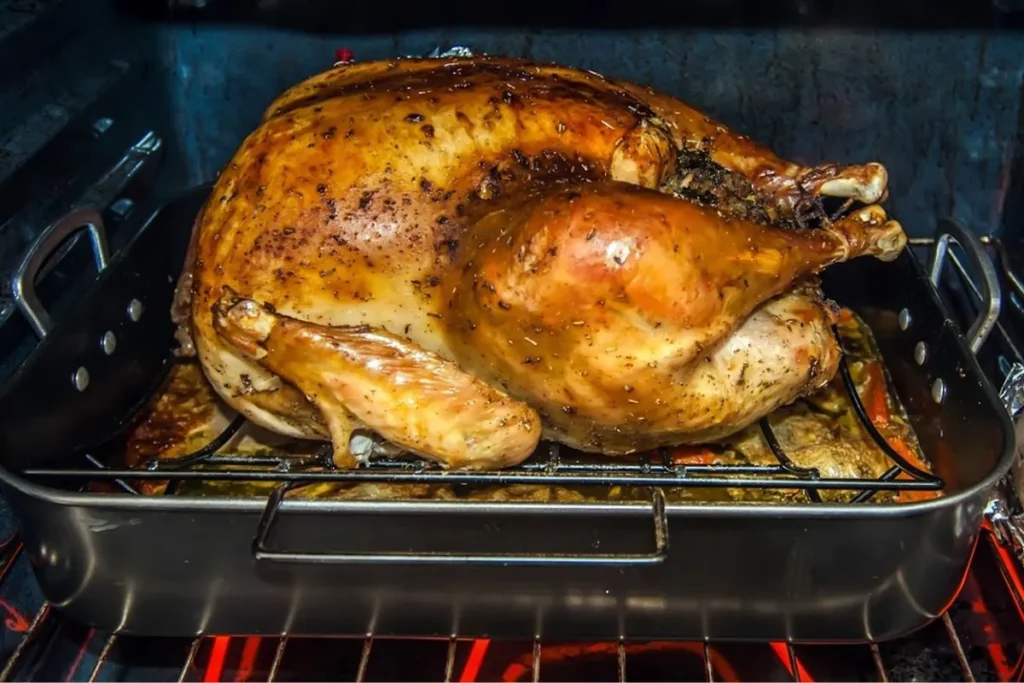
FAQ Section (H2)
When it comes to cooking a roaster oven turkey, there are often many questions that arise. Whether you’re a seasoned cook or a first-timer, understanding the ins and outs of cooking with a roaster oven can help ensure that your turkey turns out perfectly. In this FAQ section, we’ll address some of the most common questions about roaster oven turkey to help you make the best choice for your holiday meal.
1. What is the difference between a roaster oven and a traditional oven?
The difference between a roaster oven and a traditional oven can be significant in terms of cooking time, moisture retention, and ease of use. A roaster oven is a smaller, more compact appliance that heats up quickly and retains moisture, which means your turkey stays juicy without the need for constant basting. Traditional ovens, on the other hand, may require longer cooking times and more attention to avoid the turkey drying out. If you’re looking for faster cooking and ease of use, the roaster oven is an excellent choice.
2. How do I cook a turkey in a roaster oven?
Cooking a turkey in a roaster oven is surprisingly easy and requires minimal effort. Here’s a step-by-step guide to help you:
- Preheat your roaster oven to 325°F.
- Prepare your turkey by seasoning it with your favorite spices and herbs.
- Place the turkey in the roasting pan inside the roaster oven.
- Set the timer based on the size of your turkey—generally, it’s about 15 minutes per pound.
- Once the turkey is done, let it rest for 15-20 minutes before carving to ensure the juices redistribute for optimal flavor and moisture.
The roaster oven’s self-basting feature means you’ll have a juicy turkey with less effort, making it a great option for those new to cooking or short on time.
3. How long does it take to cook a turkey in a roaster oven?
Cooking time for a turkey in a roaster oven varies depending on its weight, but a general rule of thumb is about 15 minutes per pound at 325°F. For example, a 12-pound turkey will typically take around 3 to 3.5 hours to cook in a roaster oven. This is significantly faster than in a traditional oven, where cooking times can often be longer. The roaster oven’s efficient heat circulation helps reduce cooking time, so you can spend less time waiting and more time enjoying the festivities.
4. Can I cook a turkey in a roaster oven without adding liquid?
Yes! One of the great advantages of a roaster oven is its ability to lock in moisture, meaning you don’t need to add liquid to the roasting pan. The turkey will cook in its juices, ensuring a moist and tender result. If you like, you can add some seasoning or aromatics (such as onions, garlic, or herbs) for extra flavor, but liquid isn’t necessary. The roaster oven’s self-basting feature helps keep the turkey moist throughout the cooking process.
5. Is it better to use a roaster oven for Thanksgiving turkey?
Using a roaster oven for your Thanksgiving turkey has several advantages, especially if you’re looking for convenience and efficiency. Here are a few reasons why it might be the best option:
- Faster Cooking: A roaster oven can cook your turkey faster than a traditional oven, which is helpful if you’re working with limited time or want to free up space in your main oven for side dishes.
- Juicier Turkey: The design of the roaster oven helps retain moisture, meaning your turkey is less likely to dry out.
- Energy Efficient: A roaster oven uses less energy than a traditional oven, making it an eco-friendly choice.
If these benefits align with your priorities for the holiday, then using a roaster oven is a fantastic way to cook your Thanksgiving turkey.
6. Can I cook other dishes in a roaster oven besides turkey?
Absolutely! A roaster oven is versatile and can be used to cook a wide range of dishes beyond turkey. It’s perfect for roasting meats, cooking casseroles, and even baking desserts like cakes or pies. You can also use it for large batches of side dishes such as mashed potatoes, vegetables, or stuffing. Its ability to cook large portions makes it ideal for holiday meals, family gatherings, or any event where you need to prepare a feast without overcrowding your kitchen.
7. Can I use a roaster oven for smaller birds like chickens or ducks?
Yes! A roaster oven is perfect for cooking smaller birds like chickens, ducks, or game hens. In fact, because of its compact size, it’s often the ideal choice for cooking smaller poultry. The roaster oven will help cook the bird evenly, keeping it juicy and tender. Whether you’re cooking a whole chicken or a smaller turkey, the roaster oven’s self-basting feature ensures great results every time.
We hope these answers to some of the most frequently asked questions about roaster oven turkey help guide you as you prepare for your next meal. Whether you’re a first-time user or a seasoned pro, the roaster oven offers numerous advantages, from faster cooking times to juicier turkey and energy efficiency. So, if you’re considering a roaster oven turkey this holiday season, rest assured that this kitchen appliance can make your meal preparation a breeze

As we wrap up our discussion on roaster oven turkey, it’s clear that this kitchen appliance offers significant advantages for anyone looking to cook a delicious, juicy turkey with less effort. Whether you’re preparing for a family holiday, hosting a special gathering, or simply want a foolproof way to cook your turkey, the roaster oven proves to be a game-changer.
So, why choose a roaster oven turkey over a traditional oven? The answer is simple: it’s faster, more energy-efficient, and, perhaps most importantly, it keeps your turkey wonderfully moist. Imagine having a perfectly roasted bird without the need for constant basting or worrying about dryness—sounds pretty great, doesn’t it?
Moreover, the versatility of a roaster oven isn’t limited to turkey alone. From roasts to casseroles and even baked desserts, this handy appliance can elevate your cooking game, making it ideal for large meals or busy holiday seasons.
If you’re considering adding a roaster oven turkey to your next festive spread, I highly encourage you to give it a try. The ease, speed, and superior results will make it your go-to method for holiday cooking, and you’ll have more time to enjoy the moments that truly matter—sharing a meal with loved ones.
Are you ready to switch up your turkey routine? Let me know in the comments how you’ve found success with your roaster oven, or if you have any tips to share for a juicy, mouthwatering bird. Don’t forget to explore more related tips on our website to make your next meal even better!
For more inspiration and delicious recipe ideas, follow me on Pinterest at Love With Cook.


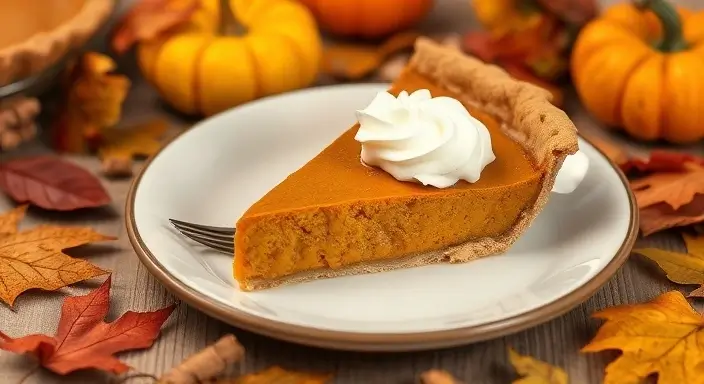
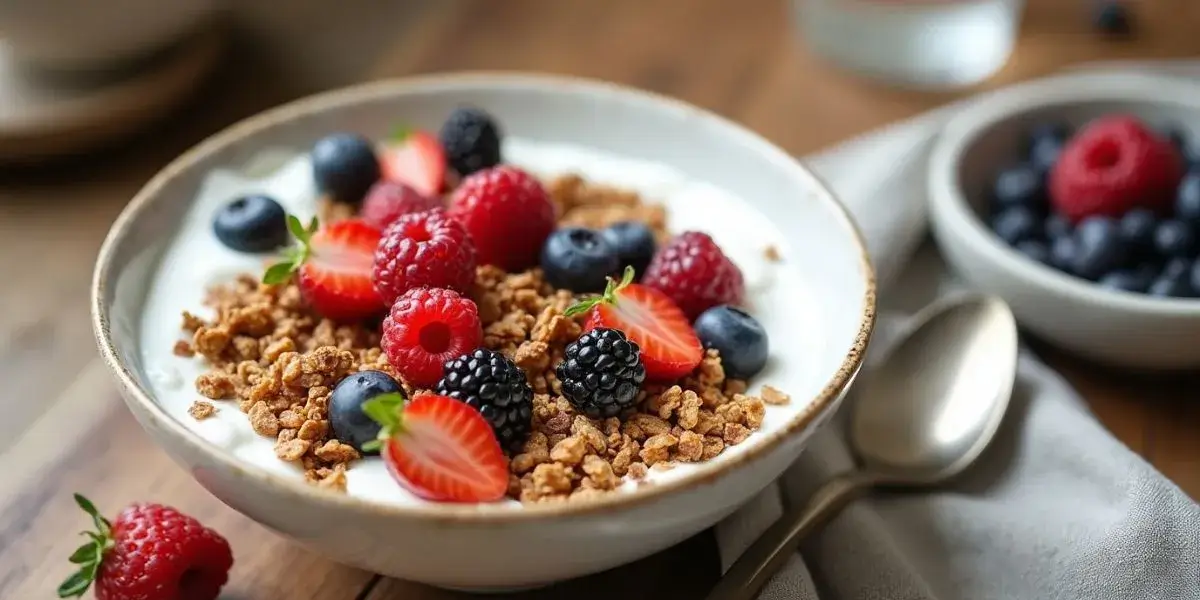

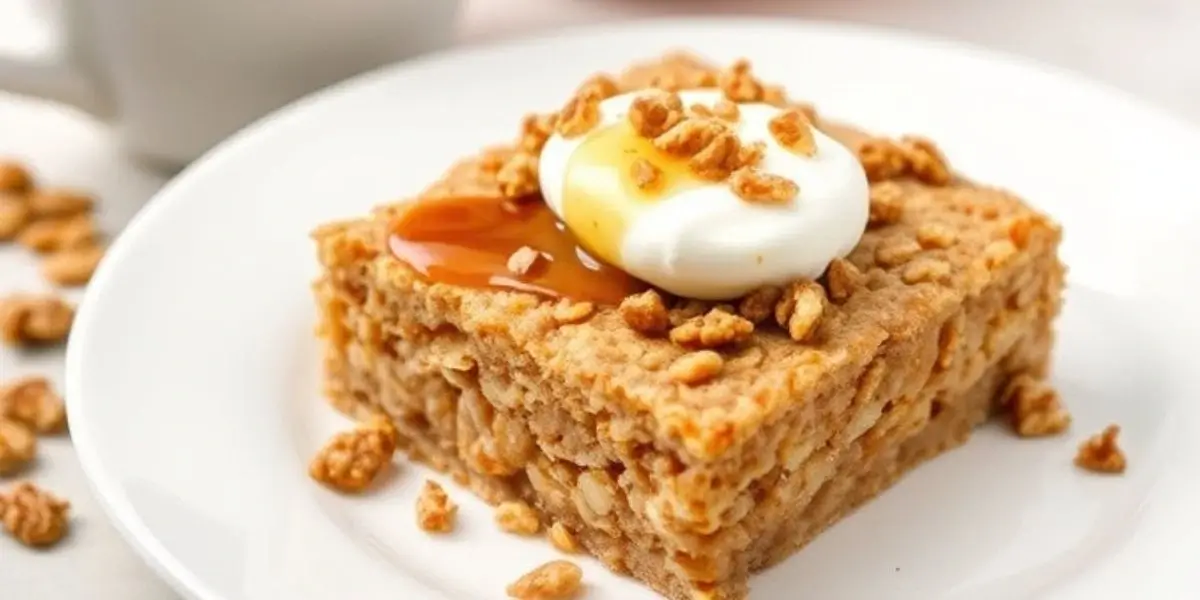
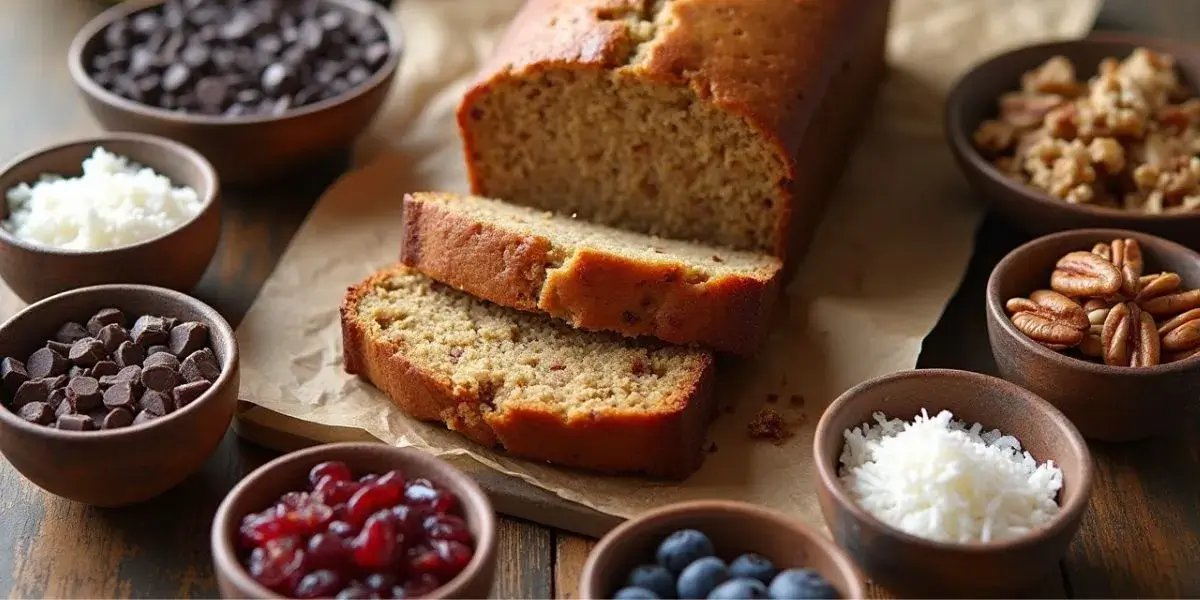
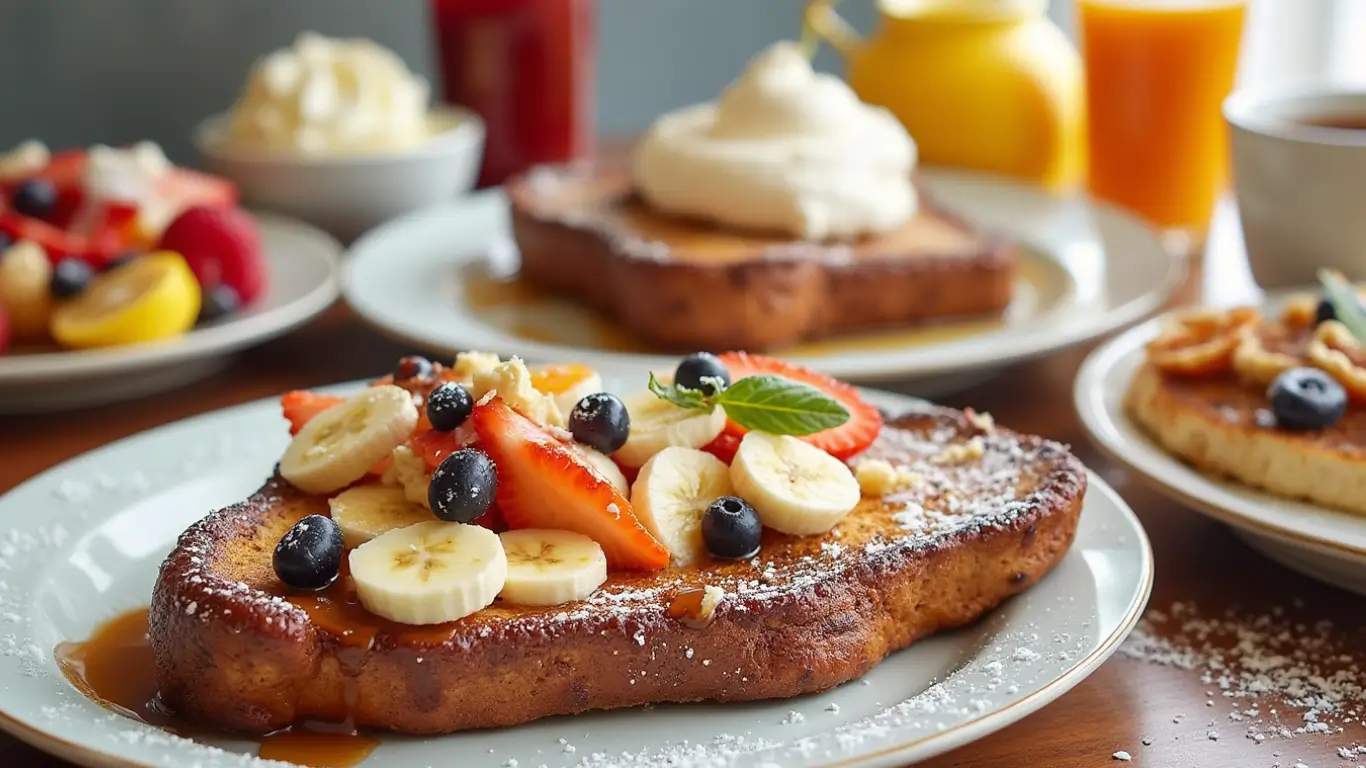

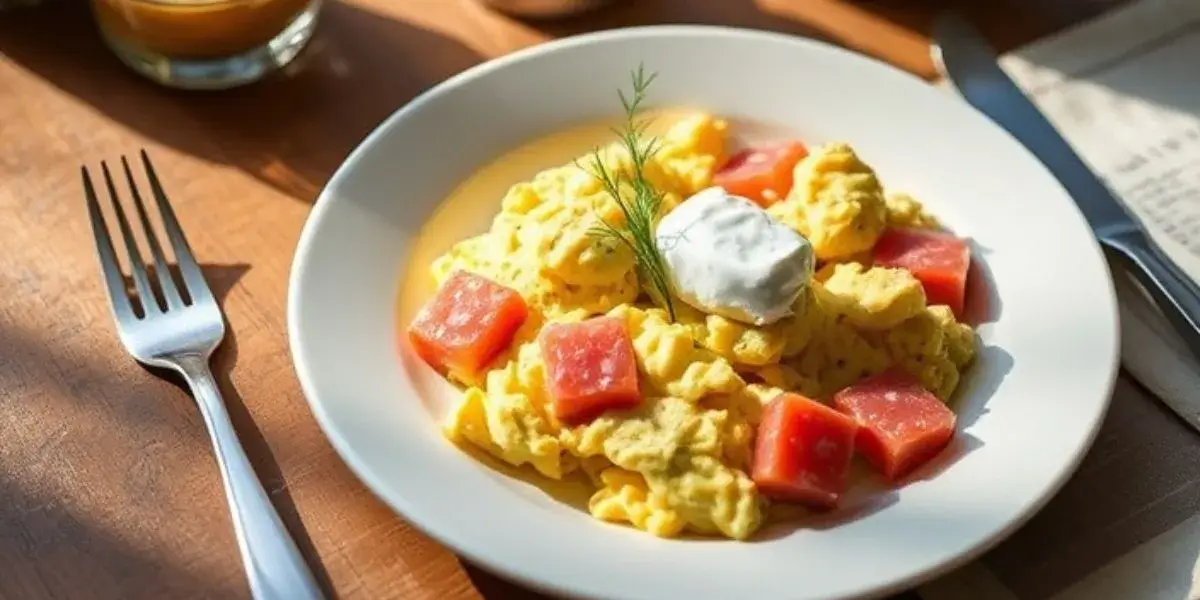

1 thought on “6 Secrets to a Juicy Thanksgiving Turkey – Love with Cook Recipes”